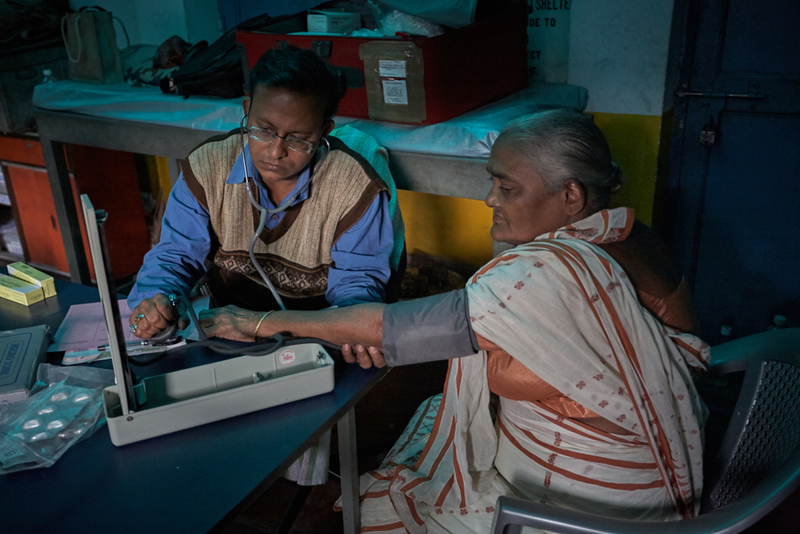Gender disparity in education, healthcare in India: Lancet
IANS Mar 14, 2019
Nearly 54 per cent young women in India are not in education, employment or any kind of training, which is 15 times higher compared to young women and men worldwide, suggesting fewer opportunities for the fairer sex to enter the workforce, finds a Lancet study.

The findings showed that globally, the number of 15-24-year-olds not in education, employment or training is estimated to be around three times higher for young women (175 million) than young men (63 million). But, the prevalence in India is over 15 times higher in young women than in young men (nearly 54 per cent compared to 3.5 per cent).
"Achieving gender equity in determinants of adolescent health and wellbeing will require action on many fronts, including employment and economic empowerment, better access to essential health care including contraception," said Professor George Patton from the Murdoch Children's Research Institute and University of Melbourne in Australia.
It also includes implementation of legislative frameworks to protect girls from early marriage, and changes in community norms, Patton said. The study, which tracked recent global changes to adolescent health in 195 countries, estimated that, compared with 1990, an additional 250 million adolescents in 2016 were living in countries where they faced a triple burden of infectious disease, non-communicable diseases including obesity, and injuries -- including from violence.
Besides witnessing a significant increase in the prevalence of overweight and obese adolescents, the prevalence of anaemia was found to be over 50 per cent among young women in India, along with Yemen and Bhutan. Interestingly, the prevalence of daily smokers in India in 2016 was relatively low, with 3 per cent (4.3 million of 175.1 million) of female adolescents and 8 per cent (14.8 million of 195·0 million) of male adolescents smoking daily, compared to 136 million adolescents daily smokers worldwide. The prevalence of binge drinking in 2016 among female adolescents in India was low at 1 per cent compared to male adolescents at 3 per cent.
-
Exclusive Write-ups & Webinars by KOLs
-
Daily Quiz by specialty
-
Paid Market Research Surveys
-
Case discussions, News & Journals' summaries